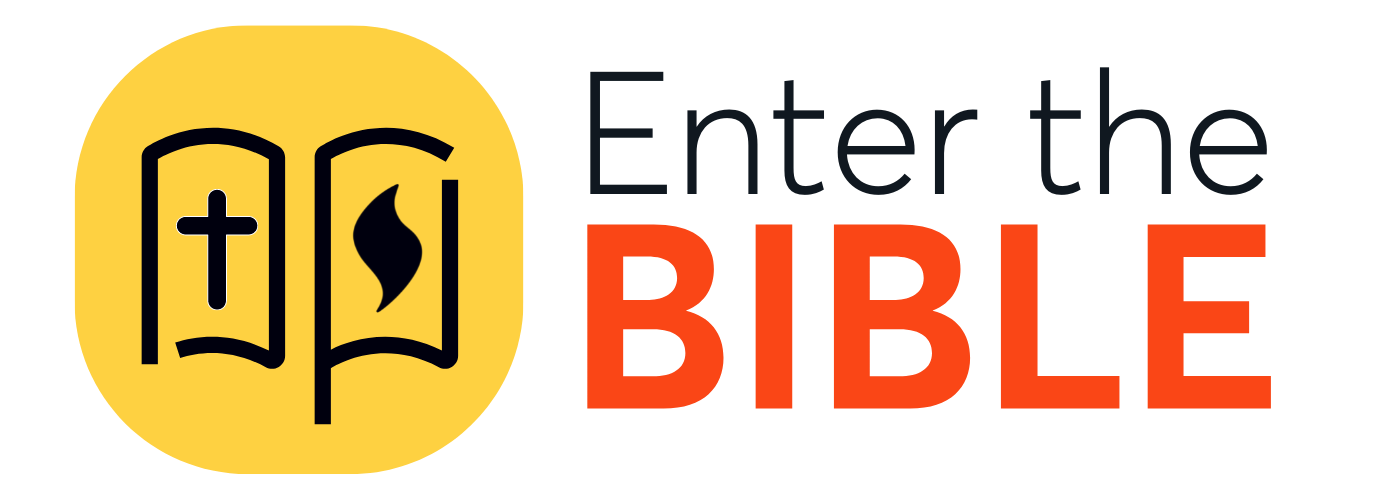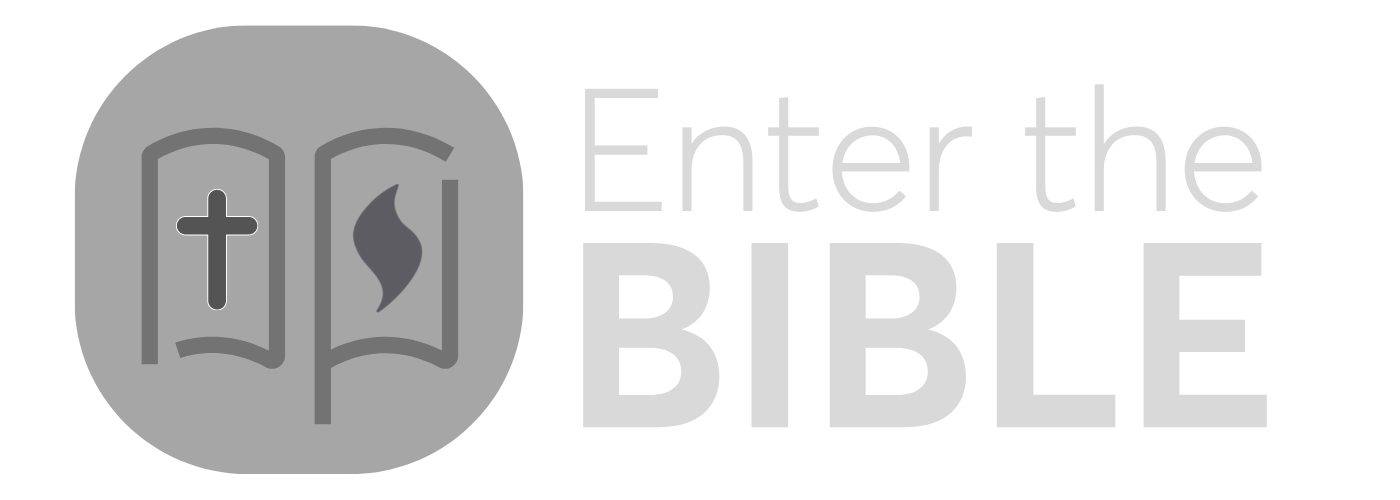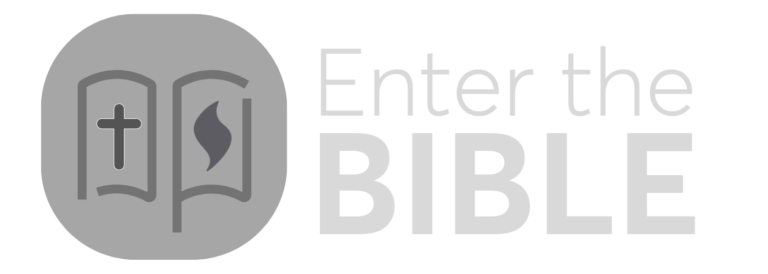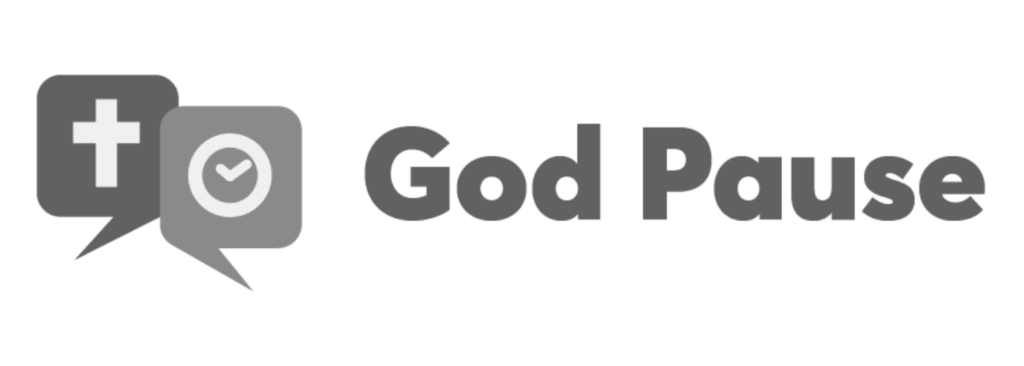Introductory Issues in 2 John
Nature and content of the false teachings
The exact nature and content of the false teachings that this letter opposes continue to attract scholarly debate. It is very likely that these are the same false teachers opposed also in 1 John. A popular theory is that the heresyHeresy is a belief or set of beliefs and actions contrary to those accepted by the Christian church. Gnostic thought is one example of an heretical belief. More was a very early form of gnostic Christianity. Among other things, many gnostic teachings denied that Jesus had a body like ours. They also dismissed the realities of life in the world, claiming salvationSalvation can mean saved from something (deliverance) or for something (redemption). Paul preached that salvation comes through the death of Christ on the cross which redeemed sinners from death and for a grace-filled life. More as a purely spiritual existence.
Relationship with the Gospel of John and the other letters of John
The relationships among this letter, the Gospel of John, and the other two letters remain unresolved issues among biblical scholars. The letter may have been written or edited by the same person or people responsible for the Gospel of John. It is probably older than 1 John, but its relationship to 3 John remains an open question. One idea is that both 2 and 3 John were written at the same time, one to the church at large (2 John) and one to a key leader in a house churchIn the early days of Christianity, the social and political climate was not always favorable to followers of Jesus and they could not meet publicly. Rather some would gather in homes of fellow Christians to break bread, give thanks to God, and sing psalms and… More (3 John).
Elect lady and her children
The “elect lady” that this letter addresses could refer to an actual woman church leader and members of her house church, or it could be a metaphor for the church as a whole. The fact that her title is “elect” lady and she has “children” suggests that John writes to an actual woman leader, and the members of the house church are referred to as her children. On the other hand, the author refers to his own congregation as “your elect sister” in the final verse (1 John 2:13), suggesting that the titles “elect lady” and “elect sister” may be metaphorical ways of speaking about particular congregations.






